Dean’s List 2018
Title Heading link
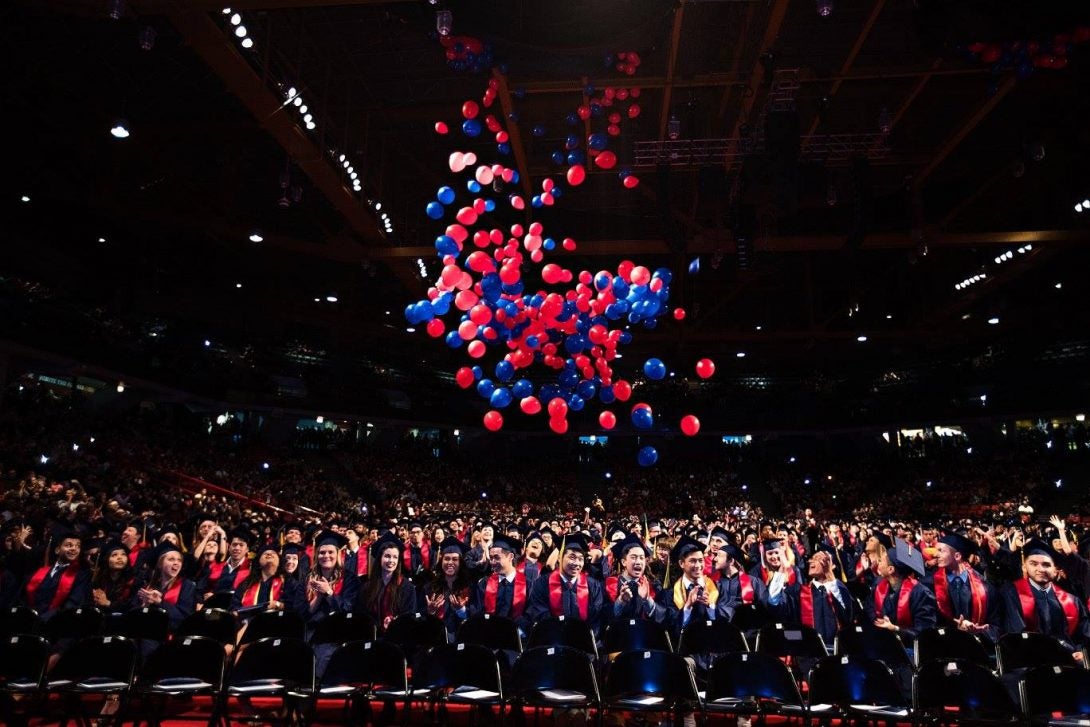
10. WSJ ranks UIC 7th in nation for best value
UIC was recognized by the Wall Street Journal and Times Higher Education as one of the nation’s top 10 “Best Value” universities and ranked in the top 30 public universities in the country by the same publication. In addition, U.S. News & World Report’s 2018 “Best Colleges” ranked UIC as the 61st best public university in the nation, jumping 11 spots from its previous year ranking
Title Heading link
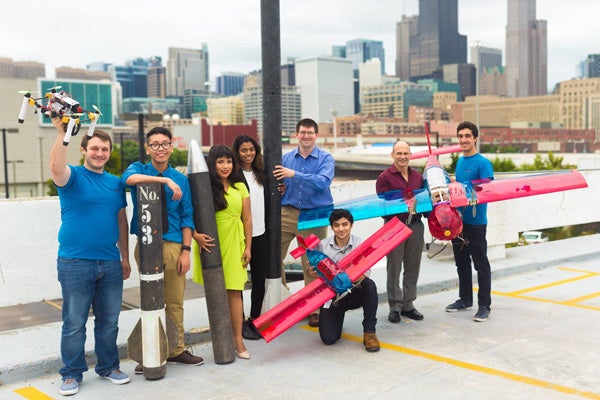
9. Students win first in international rocket competition
Competing with their first student-built motor and highest model rockets, the College’s chapter of the American Institute of Aeronautics and Astronautics won first and third place out of 124 teams in two events at this year’s Spaceport America CUP in New Mexico. In both events, the team successfully launched and recovered its rockets from 30,000 feet in the air—the highest target altitude in the competition.
Title Heading link

8. College adds two new Hill professorships
Last September, the College of Engineering and College of Medicine jointly celebrated the investitures of bioengineering professors Ian Papautsky and Xincheng Yaoas the new Richard and Loan Hill Professors. Papautsky and Yao are now two of six professors endowed by Richard (BS ’74) and Loan Hill, bringing their expertise in microfluidic systems and optical technology, respectively, and strengthening UIC’s role as a major player in Chicago’s biotechnology sector.
Title Heading link

7. The ERC receives $7.3M in funding for energy programs
UIC’s Energy Resources Center (ERC) won two major grants this year that will help continue its programs in energy research and public service. From the U.S. Department of Energy, the center won a $4.2 million grant to continue advancing combined heat and power systems at universities, hospitals, industrial plants, and other organizations across the Midwest. The center also won a $3.1 million grant from ComEd to provide energy-saving kits to 35,000 eligible individuals and families. In addition to these programs, the ERC is leading the development of a new conservation agreement to help preserve and restore the monarch butterfly’s habitat.
Title Heading link

6. Students create an app to help epilepsy patients
UIC Engineering students and recent alumnus Himanshu Anand (MS ’17) helped develop an app for patients who have epilepsy. The app is part of a customized, self-management education program to help patients learn about a disease with two major roadblocks: lack of accessibility and information overload. Among its features are learning modules and a seizure diary, which researchers hope will improve patients’ symptom management and knowledge of the disease.
Title Heading link

5. Professor produces first study analyzing global sea-level rise
Civil and Materials Engineering Assistant Professor Sean Vitousek’s study on sea-level rise became the first study to analyze sea-level rise due to storm surges and waves on a global scale. Vitousek’s research, featured in The Guardian, reveals that the world’s most vulnerable areas, like small Pacific islands, will experience double the frequency of severe coastal flooding within the next decade. Vitousek also produced a related study on Southern California’s coast featured in The Washington Post that predicts the region’s erosion rates observed between 1930 and 2010 will double by 2100.
Title Heading link
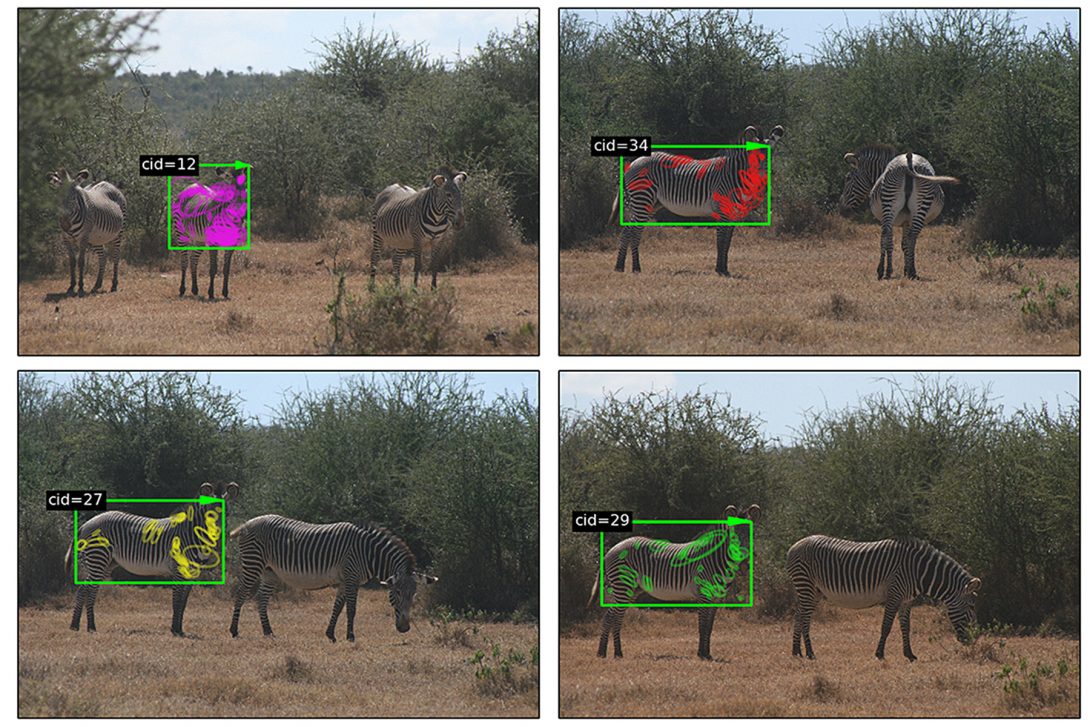
4. Professor’s conservation research gains new support from Microsoft
Computer Science Professor Tanya Berger-Wolf’s open-source software company called Wildbook won a grant from AI for Earth, a Microsoft initiative that provides funding, cloud services, and machine learning expertise to research projects working to solve global environmental challenges. Wildbook, which uses an AI-based, pattern-recognition software to sort pictures of animals crowd-sourced from the web, enables researchers to tell individual animals apart and gain a better understanding of population sizes, both of which could help in the conservation efforts of endangered species.
Title Heading link
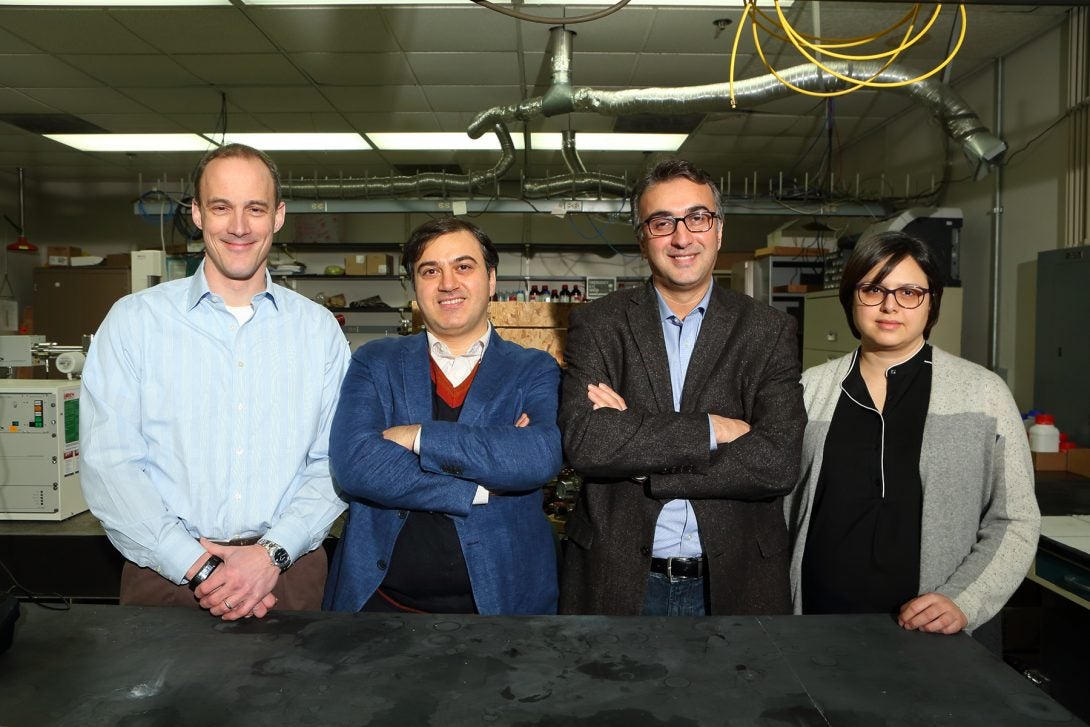
3. Professor designs new lithium-air battery
In partnership with Argonne National Laboratories, Mechanical and Industrial Engineering Assistant Professor Amin Salehi-Khojin created a new lithium-air battery with a unique design that prevents the production of lithium-anode oxidation and byproducts that coat the battery’s cathode, which allows the battery to work in a natural air environment. Its achievements in efficiency and cycle life represent a revolution in the battery community, achieving a step toward what researchers call “beyond lithium-ion” batteries. The team’s findings are reported in the journal Nature.
title Heading link
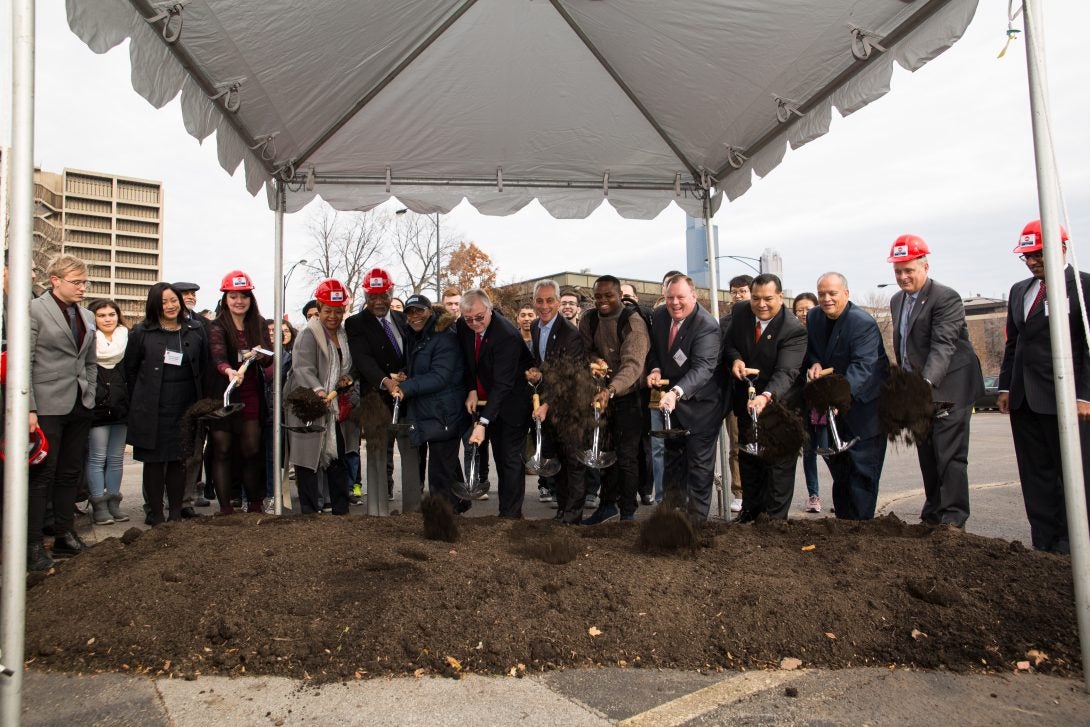
2. College makes progress on two new buildings
The College’s two new buildings—the Engineering Innovation Building (EIB) and a second building at 900 West Taylor Street (yet to be named—will play an essential role in accommodating the College’s growth and provide students with the most advanced learning, teaching, and research spaces.
Following a groundbreaking ceremony last November for the EIB attended by Chicago Mayor Rahm Emanuel and other dignitaries, construction on the building began in January, keeping the project on schedule for occupancy by fall 2019.
The building at 900 West Taylor Street, which is currently in the fundraising phase, has a 2:1 match challenge for a limited time. Learn more here or contact Janet Kashuba at jkashuba@uic.edu or (312) 996-2168.
Title Heading link
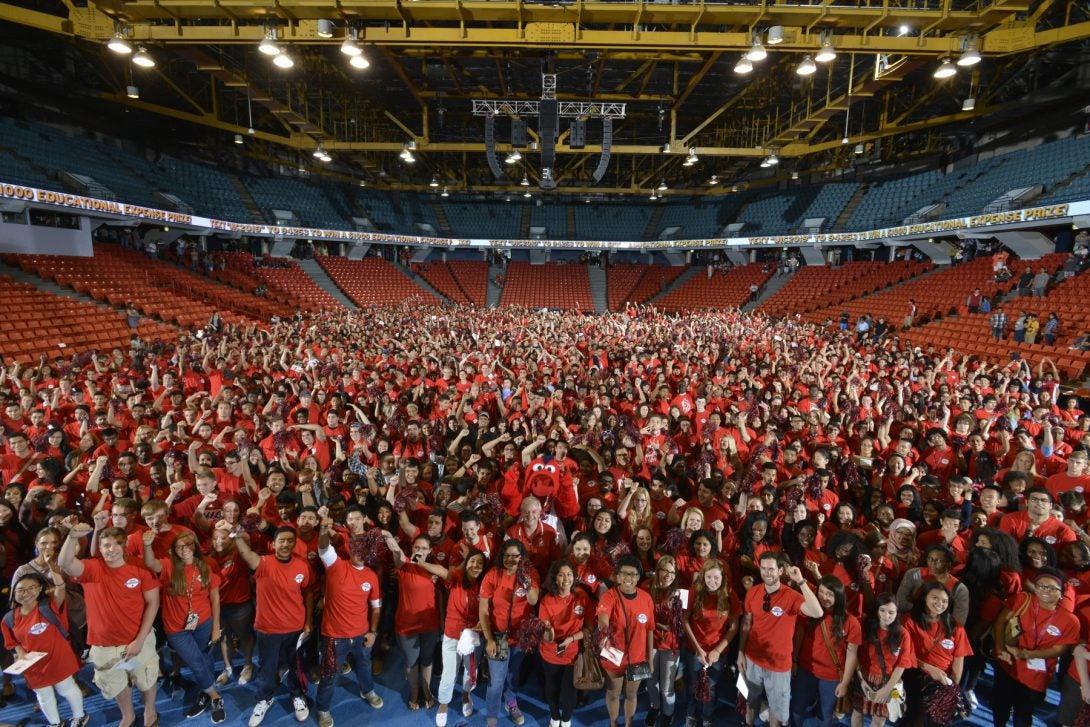
1. Enrollment reaches an all-time high
Continuing a four-year pattern, UIC enrolled a record number of students this fall, news that was featured in a Chicago Tribune article that compared UIC’s growth to decreasing enrollment at other local universities. The College of Engineering alone reached a record enrollment of 5,188 students with an eight percent increase in undergraduate enrollment—surpassing 3,500 for the first time with 3,714 students.